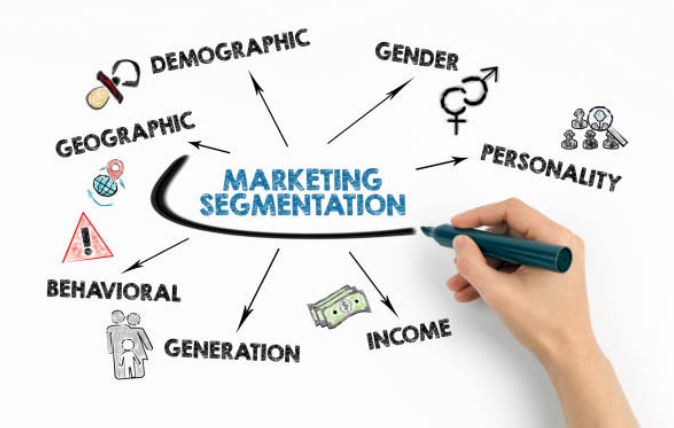Exploring Market Segmentation Within The FMCG Sector – A Multiple Case Study Approach
Market Segmentation in the FMCG Sector Dissertation – This dissertation examines segmentation from the viewpoint of the Fast Moving Consumer Goods (FMCG) industry. However, one of the key drawbacks in the literature is the lack of formal evidence referring to these FMCG companies. In Haley’s (1985) book Developing Effective Communication Strategy: A benefit Segmentation Approach, he mentions that the first segmentation study was conducted in 1961 for Procter and Gamble.
By the late 1960s and early 1970s, market segmentation studies had become rampant, which was the period when the majority of literature was written on this topic. Interestingly it seems that this early literature was written primarily from a FMCG perspective, whereas current literature is based on the Telecom and Banking industries. The world of segmentation has changed with the introduction of new methods such as mass customization, which is being adopted primarily by the telecom industry.
However, a question which needs to be answered is whether segmentation techniques have recently changed in the FMCG industry, as the current literature fails to address this topic. Therefore, the premise of this study is to review current segmentation practises in FMCGs, due to this dearth of information. In order to understand the current practises in segmentation, the author plans to research three Blue Chip UK based FMCG (Fast Moving Consumer Goods) companies to analyse how and why they are implementing segmentation, how well they do it and its effectiveness to the business.
Consequently, the question which arises is what data is collected for segmentation, what are the methods of segmentation used in FMCGs, how is segmentation being implemented and what impact it has on business performance?
- 22,000 words – 140 pages in length
- Outstanding use of literature
- Good use of models
- Excellent in depth analysis
- Expertly written throughout
- This is an outstanding research project
1. Introduction
Background and Rationale for the Study
Research Objectives and Methodology
Dissertation Structure
2. Literature Review
Introduction
Background to Segmentation
Segmentation Definitions
Why Segment?
Information (Data)
Primary versus Secondary Data
Data Collection Methods
Data Analysis Methods
Discussion
Insight (Methods)
A Priori and Post Hoc
Segmentation Variables
Geographic
Demographic Segmentation
Psychographic Segmentation
Needs/Benefit Segmentation
Situation
Behavioural Segmentation: Occasion and Loyalty
Discussion
Initiation (Actioning market segmentation)
Place
Price
Product and Promotion
Discussion
Indication (Evaluation)
Measurement
Evaluation
Discussion
Organizational Context
Summary
3. Objective ans Methodology of Study
Introduction
Research Aim and Objectives
Rationale for Research Strategy
Methodology Selection Criteria
Method Selection
Multiple Case Study Approach
Methods of Data Collection
Sampling
Unit of Analysis
Questionnaire Design
Case Study Analysis
4. Results
Introduction
Case Study – Houseofbrands
Background
Segmentation and the Organization
Data
Methods
Actioning Segmentation
Evaluation
Case Study- LetsGo
Background
Segmentation and the Organization
Data
Methods
Actioning Segmentation
Evaluation
Case Study- Chocfull
Background
Segmentation and the Organization
Data
Methods
Actioning Segmentation
Evaluation
Summary of Findings Across case-studies
5. Discussion of Results
Introduction
Implications of the Results
Segmentation and the Organization
Data
Analytical Tools
Insight – Methods
A-Priori and Post Hoc
Segmentation Variables
Actioning Segmentation
Evaluation
Summary
6. Conclusion
Introduction
Summary of the Findings
Managerial Implications
Strengths and Limitations of the Study
Suggestions for Future Research Areas
Option 1
Option 2
References
Appendix

